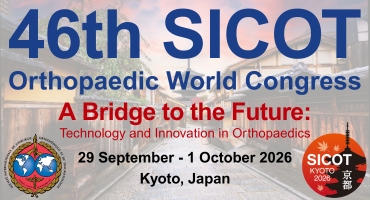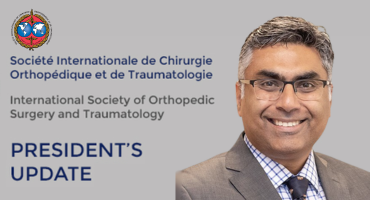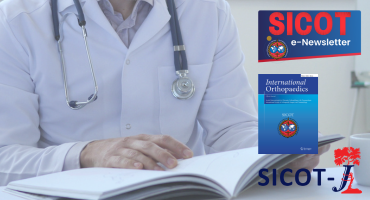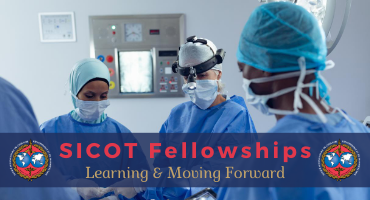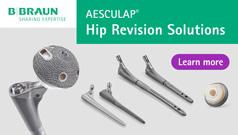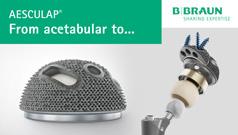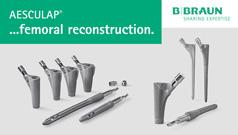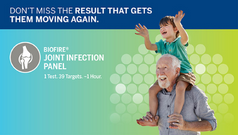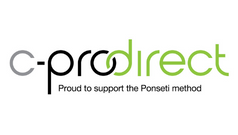Emergency service admissions due to occupational injuries and sleep health: A cross-sectional study
Injury. 2025 Oct 31;56(12):112861. doi: 10.1016/j.injury.2025.112861. Online ahead of print.
ABSTRACT
BACKGROUND: Occupational injuries continue to be a significant health problem worldwide. The aim of this study is to define the epidemiological characteristics of occupational injuries and to evaluate their relationship with obstructive sleep apnea (OSA) and daytime sleepiness.
METHODS: This cross-sectional study included consenting patients who were admitted to Balıkesir Atatürk City Hospital Emergency Service due to occupational injuries between April-June 2024. The questionnaire form was used as a data collection tool and consisted of sociodemographic characteristics, clinical characteristics, work-related characteristics, previous occupational injuries, Epworth Sleepiness Scale, and Berlin Questionnaire. SPSS program was used for data entry and analysis. Descriptive statistics are presented as percentage, mean, standard deviation, median, minimum, and maximum values. Fisher's Exact test and Mann-Whitney U test were used in the analyses. Statistical significance value was accepted as p < 0.05.
RESULTS: During the study period, 101 out of 325 occupational injury admissions consented to participate in the study. Of the participants 32.7 % were female and the mean age of all participants was determined as 39.9 years(±10.3). Of the participants 31.7 % stated that they had previously sustained an occupational injury before the current admission and 44.6 % of them stated that they worked night shifts. According to the Berlin Questionnaire results, 9.9 % of the participants were at high risk for OSA and 5.9 % had high daytime sleepiness. 15.6 % of the 32 participants who had a prior occupational injury were at high risk for OSA while 84.4 % were at low risk. Of those who had not had an occupational injury before, 6.8 % were at high risk and 62.2 % were at low risk. There was no significant difference between the Berlin Questionnaire results according to the participants' previous occupational injury status (p = 0.281).
CONCLUSION: Occupational injuries tend to occur more frequently on Mondays and Tuesdays of the week and in male workers; furthermore, soft tissue injuries are the most common cause for emergency service admissions. Implementing educational programs and routine reminders regarding occupational safety during the start of the work week could be an effective measure to prevent these injuries.
PMID:41202587 | DOI:10.1016/j.injury.2025.112861






